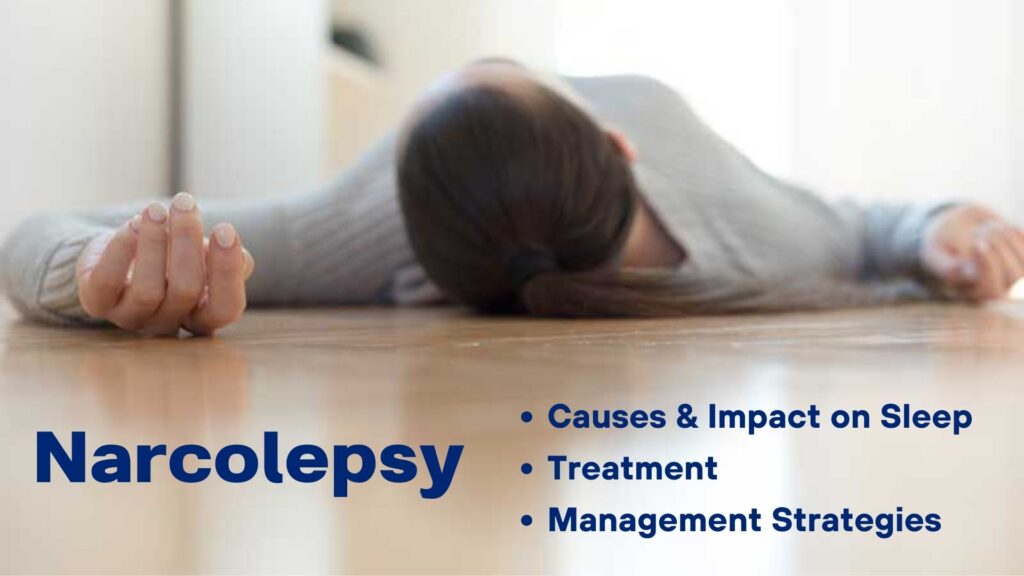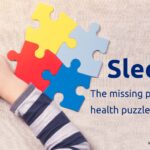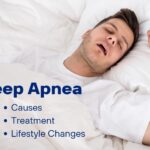Narcolepsy is a chronic neurological disorder characterized by disturbances in the brain’s ability to regulate sleep-wake cycles. People with narcolepsy often experience excessive daytime sleepiness (EDS) and may have sudden, uncontrollable episodes of falling asleep during the day, regardless of the circumstances. This disorder affects approximately 1 in every 2,000 individuals worldwide, although the exact prevalence may vary by region. While narcolepsy can manifest at any age, it most commonly emerges during adolescence or young adulthood and persists throughout life.
The hallmark symptoms of narcolepsy include EDS, which can significantly impair daily functioning, and cataplexy – a sudden loss of muscle tone triggered by emotions such as laughter, surprise, or anger. Additionally, individuals with narcolepsy may experience sleep paralysis, a temporary inability to move or speak upon waking up or falling asleep, as well as vivid hallucinations during these transitional states. Currently, two forms of narcolepsy are recognized – Narcolepsy Type 1 (NT1) (previously termed narcolepsy with cataplexy) and Narcolepsy Type 2 (NT2) (previously termed narcolepsy without cataplexy).
Understanding narcolepsy requires insight into its underlying neurobiology and the factors contributing to its development. While the precise cause remains unclear, research suggests a combination of genetic predispositions, autoimmune processes, and environmental triggers may contribute to the onset of narcolepsy.
Also Read: Restless Leg Syndrome – Treatment, Lifestyle Changes & Diet
Symptoms of Narcolepsy
The underlying mechanisms responsible for narcolepsy involve disruptions in the brain’s neurotransmitter systems, particularly those involved in regulating sleep and wakefulness. Narcolepsy exists on a spectrum, and not all individuals will experience all of these symptoms. Additionally, the severity and frequency of symptoms can vary widely among individuals with narcolepsy. The primary symptoms of narcolepsy include:
- Excessive Daytime Sleepiness (EDS): Individuals with narcolepsy experience persistent and overwhelming daytime drowsiness, regardless of the quantity or quality of their nighttime sleep. This constant feeling of fatigue can make it challenging to stay awake and alert during normal daytime activities.
- Cataplexy: Cataplexy is a type of sudden weakness in your muscles that can make you go limp or temporarily lose your ability to move. Cataplexy is usually triggered by strong emotions such as laughter, excitement, or anger. During such an episode, individuals may experience weakness in certain muscle groups, causing them to slump, drop objects, or even collapse temporarily. While not all individuals with narcolepsy experience cataplexy, it is a defining symptom of the disorder when present.
- Sleep Paralysis: Sleep paralysis is a temporary inability to move or speak while falling asleep or waking up. This phenomenon occurs due to a disruption in the normal transition between sleep stages, leaving individuals temporarily paralyzed and unable to respond to external stimuli. Although frightening, sleep paralysis is generally harmless and typically lasts only a few seconds to a few minutes.
- Hypnagogic and Hypnopompic Hallucinations: Narcolepsy may also involve vivid hallucinations during the transition into or out of sleep. These hallucinations can involve visual, auditory, or tactile sensations that feel real to the individual experiencing them. While these hallucinations are typically brief and fleeting, they can be unsettling and contribute to sleep disturbances.
What causes Narcolepsy?
Narcolepsy is a complex disorder influenced by various factors, including genetics, autoimmune processes, environmental triggers, and certain demographic and medical conditions. Genetic predispositions play a significant role in narcolepsy susceptibility, particularly variations related to the human leukocyte antigen (HLA) complex. However, having these genetic predispositions does not guarantee the development of narcolepsy, suggesting the involvement of other factors in its manifestation.
Autoimmune mechanisms are also implicated in narcolepsy, targeting specific cells in the brain responsible for regulating sleep-wake cycles. This autoimmune reaction can lead to the destruction of hypocretin-producing neurons in the hypothalamus. Hypocretin, or orexin, is a neurotransmitter crucial for promoting wakefulness and regulating REM sleep. The loss of hypocretin-producing neurons contributes to characteristic symptoms such as excessive daytime sleepiness and cataplexy.
Environmental factors also may trigger or worsen narcolepsy in genetically susceptible individuals. For instance, studies have suggested a potential link between narcolepsy onset and viral infections, such as the H1N1 influenza virus. While not everyone exposed to these triggers will develop narcolepsy, they can act as catalysts for the disorder in predisposed individuals.
Certain demographic and medical factors also contribute to narcolepsy risk. Narcolepsy is more commonly diagnosed in individuals of European descent and occurs equally in males and females. Additionally, other medical conditions, such as autoimmune disorders like Type 1 diabetes or thyroid disorders, may coexist with narcolepsy, suggesting shared underlying mechanisms.
Narcolepsy – Diagnosis and Treatment
Diagnosing narcolepsy involves a comprehensive evaluation, and may require multiple tests to confirm the diagnosis. Once diagnosed, various treatment options are available to help manage the symptoms and improve quality of life.
Diagnostic Criteria and Methods
There are specific criteria outlined in the International Classification of Sleep Disorders (ICSD) to diagnose narcolepsy. This may involve a thorough medical history, physical examination, and specialized sleep studies, such as polysomnography and the multiple sleep latency test (MSLT). Polysomnography monitors various physiological parameters during sleep, while the MSLT measures daytime sleepiness by assessing the time it takes for an individual to fall asleep during scheduled naps.
Treatment for Narcolepsy
Treatment for narcolepsy aims to alleviate symptoms, improve daytime functioning, and enhance overall quality of life. The choice of treatment depends on the specific symptoms and individual needs of the patient. Treatment options may include:
- Stimulant Medications: Stimulant medications, such as modafinil and methylphenidate, are commonly prescribed to reduce excessive daytime sleepiness and improve wakefulness in individuals with narcolepsy.
- Sodium Oxybate (Xyrem): Sodium oxybate, also known as Xyrem, is a central nervous system depressant that can help improve nighttime sleep and reduce symptoms of cataplexy in individuals with narcolepsy.
- Antidepressant Medications: Certain antidepressant medications, such as selective serotonin reuptake inhibitors (SSRIs) or serotonin-norepinephrine reuptake inhibitors (SNRIs), may be prescribed to help manage symptoms of cataplexy, sleep paralysis, and hypnagogic hallucinations.
Lifestyle Modifications: Lifestyle modifications, such as maintaining a regular sleep schedule, avoiding caffeine and alcohol close to bedtime, and incorporating regular exercise into daily routines, can help improve sleep quality and overall well-being for individuals with narcolepsy. Cognitive behavioural therapy (CBT) and other behavioural therapies also cab be beneficial in addressing sleep-related issues, such as insomnia or sleep fragmentation, and improving coping strategies for managing narcolepsy symptoms.
How can we help?
Living with narcolepsy can present significant challenges. At SOLVEMyHealth, we understand the complexities of narcolepsy and offer comprehensive support to help individuals manage the condition effectively. Our integrated care approach brings together a team of experienced healthcare professionals, including sleep specialists, neurologists, psychologists, and diet and exercise experts, to provide personalized care tailored to each individual’s needs.
Whether you are seeking guidance on medication management, lifestyle modifications, or coping strategies, our team is here to support you every step of the way.










